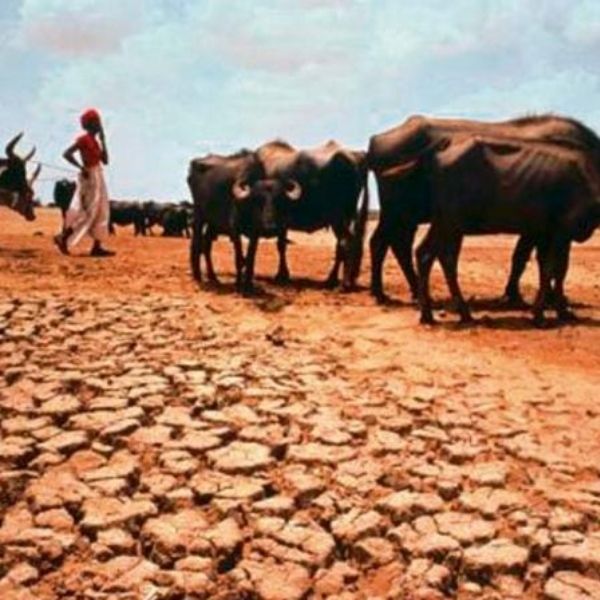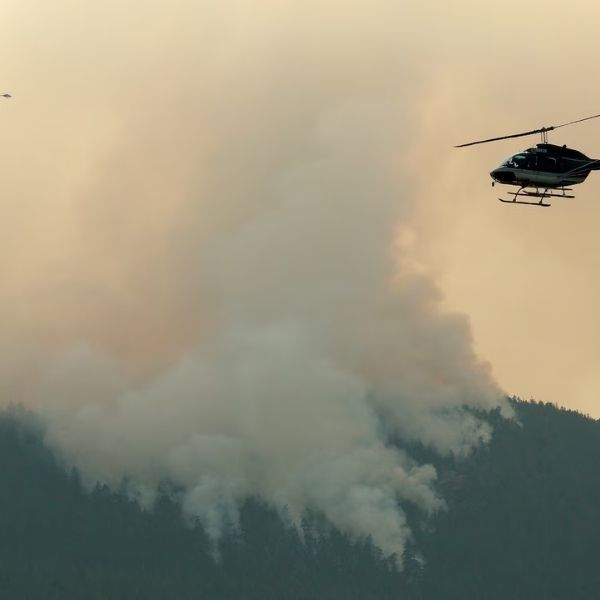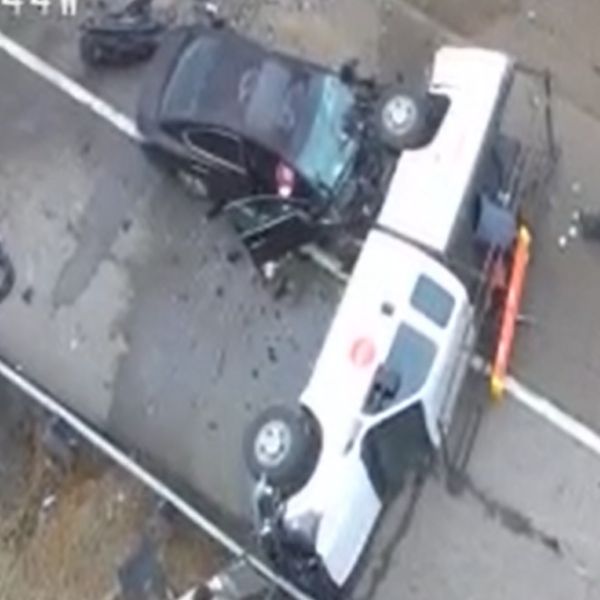The San Carlos Apache Tribe in Arizona has officially declared a state of emergency, as worsening drought conditions threaten cattle ranchers, wildlife, and the region’s fragile ecosystems.
Crisis on the Ground
Since late last year, the community has been battling abnormally dry weather, now escalated to severe drought. Over half of Arizona is currently experiencing moderate to extreme drought, according to the U.S. Drought Monitor.
Tribal Chairman Terry Rambler, after visiting high-elevation ranches, reported a grim scene:
“A lot of the tanks for cattle drinking water have dried up.”
With grazing lands barren and water scarce, ranchers are struggling to keep their herds alive by hauling in water, hay, and feed—a practice that is both unsustainable and expensive.
Emergency Response and Aid
The emergency declaration unlocks additional funding for cattle associations. In partnership with Freeport-McMoRan, the tribe is also launching efforts to drill new groundwater wells to combat the crisis.
But this emergency is about more than just cattle. Local pine trees, acorn crops, and wildlife are also suffering, threatening the broader ecological balance.
A Larger, Global Concern
Arizona’s drought mirrors what’s happening in many parts of the world. In 2024 alone:
-
15 U.S. states faced similar drought emergencies.
-
West Virginia also declared a state of emergency to support its farmers.
-
Catalonia, Spain, endured its worst drought in modern history, forcing severe water restrictions.
According to the EPA, rising global temperatures are making droughts longer, more intense, and more frequent, disrupting both agriculture and water systems.
Looking Ahead: What Can Be Done
While emergency relief is underway, experts stress the need for long-term solutions:
-
Sustainable water management
-
Environmental protection policies
-
Regenerative farming
-
Renewable energy adoption, including solar power
Though tools and technologies exist to support a more climate-resilient future, Arizona’s situation is a stark reminder: more urgent, coordinated action is needed to confront the growing threat of extreme drought.

Katie is a senior who has been on staff for three years. Her favorite type of stories to write is reviews and features. Katie’s favorite ice cream flavor is strawberry.















Leave a Reply